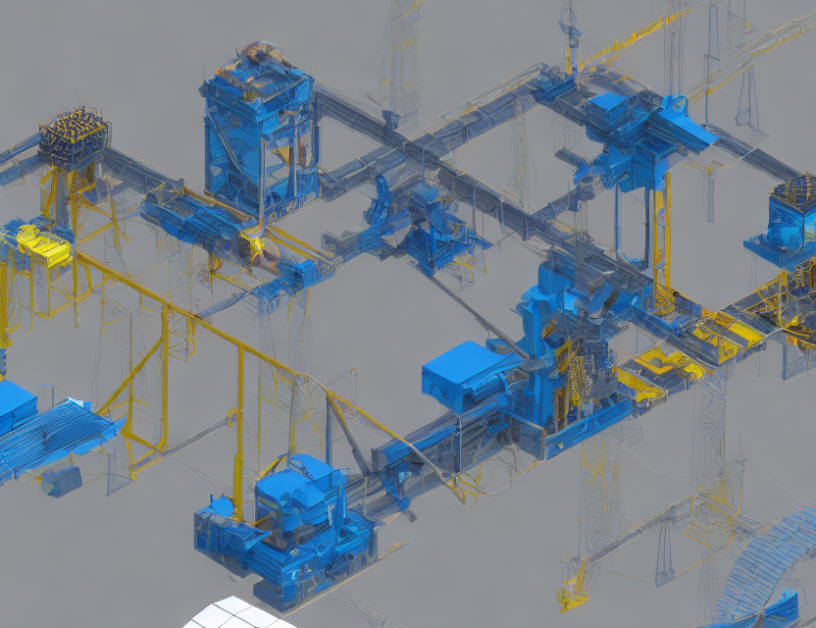Autonomous Golf Putting with Data-Driven and Physics-Based Methods
Introduction
Imagine you’re playing golf, and instead of hitting the ball with a club, you’re using a robot to do it for you. That’s exactly what researchers are working on in this article. They want to make golf robots that can learn how to hit the ball into the hole without any human intervention. To do this, they need to use a combination of data-driven and physics-based methods. In this summary, we’ll dive into what these methods are and how they work together.
Data-Driven Methods
Data-driven methods rely on using lots of data to train the robot how to hit the ball. Think of it like training a machine to recognize different pictures. The robot collects data from sensors, like cameras and accelerometers, and uses that data to learn how to hit the ball. This is similar to how you might use a camera to take pictures of different objects and then use those pictures to train a computer vision model.
Physics-Based Methods
Physics-based methods use mathematical models to predict how the ball will behave based on the club’s motion. Think of it like using a formula to calculate how far a ball will travel when you hit it with a club. These models take into account factors like the club’s speed and angle, as well as the ball’s initial velocity and spin. This is similar to how engineers might use equations to design a bridge or a car.
Combining Data-Driven and Physics-Based Methods
By combining data-driven methods with physics-based methods, researchers can create a more accurate and efficient way to control the golf robot’s movements. Think of it like using a combination of pictures and formulas to solve a math problem. The data-driven methods provide the robot with a general idea of how to hit the ball, while the physics-based methods help the robot fine-tune its movements based on the specific conditions of the game.
Experimental Results
To test their method, researchers used a golf robot to hit balls onto a green. They found that their holistic approach (using both data-driven and physics-based methods) resulted in more accurate shots than using either method alone. This is like how a combination of pictures and formulas can give you a better answer than either one on its own.
Conclusion
In this summary, we’ve learned about the importance of combining data-driven and physics-based methods to create an autonomous golf putting system that can hit the ball into the hole accurately and efficiently. By using both types of methods, researchers can create a more robust and reliable way to control the robot’s movements, resulting in better gameplay.



